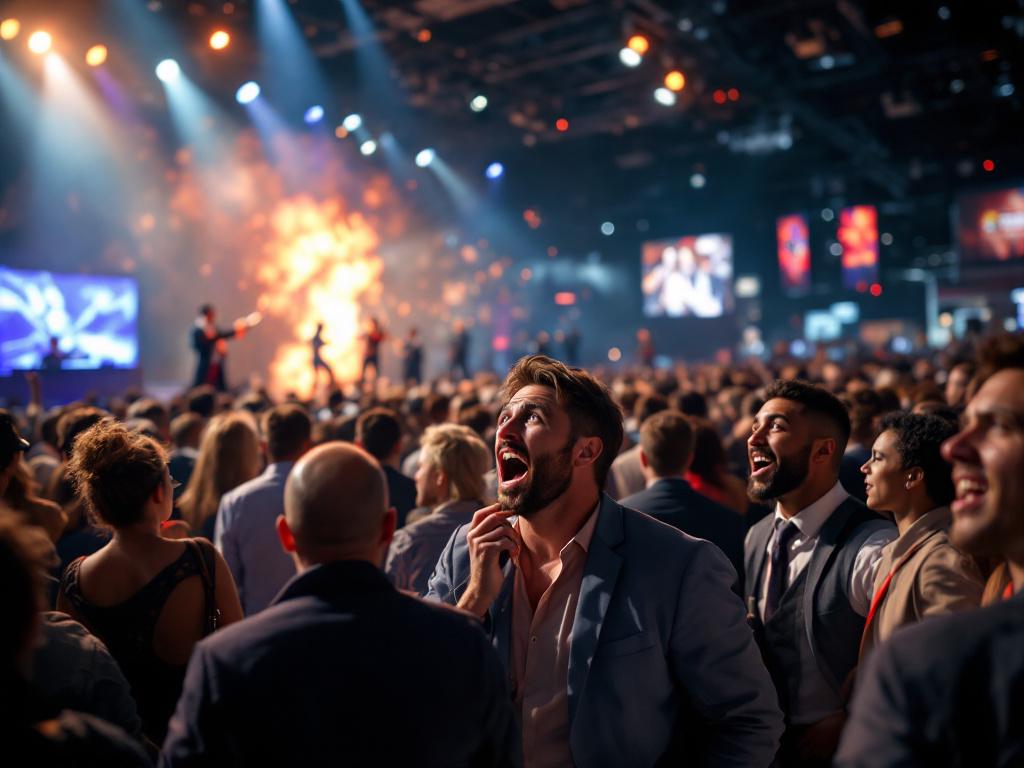Divertimento engineers the social chemistry between actors, close‑up magicians, performance artists and a DJ‑driven atmosphere to create precisely timed isolated moments that feed into a single climactic reveal.
The DJ sets the macro tempo and emotional palette with curated tracks, dynamic breaks and volume cues that shape crowd density and attention flow.
Into that sonic scaffold we introduce mobile performers who exploit proximity and contrast: actors stage micro‑narratives that interrupt browsing behaviour, this is to say, wandering people.
The term “browsing behavior” in this context refers to the casual, unfocused, and often disengaged way people move through and interact with a crowded environment when they don’t have a clear, immediate objective. It is a metaphor borrowed from online behavior, but applied to physical spaces.
How actors -and any other well thought role- interrupt it
The goal of the micro-narratives is to inject a sudden, personalized, and unexpected human moment that breaks this passive state.
Engagement: The micro-narrative (the short, staged story) gives the wandering mind something specific to focus on, turning “browsing” into momentary, focused attention. In short, these are micro-goals and micro-wins, an unforgetable one to one climactic moment.
Magicians deliver intimate astonishment that halts foot traffic, and performance artists create visual anchors that draw camera attention.
Micro-narratives compose a larger picture that stands for story-telling, something we master too!
Interruption: A costumed actor staging a short, dramatic scene right next to a person forces them to stop, shift their attention, and go from being a passive observer to an immediate audience member.
Each isolated circumstance is choreographed against the DJ’s beats so that micro‑events feel both incidental and inevitable.
Timing is controlled by shared triggers and clear cueing. The DJ’s drops, tempo shifts and stings act as universal signals; performers carry discrete cue packs and rehearsal maps that synchronise movement, verbal beats and reveal windows to those signals.

Sound design, lighting accents and spatial blocking reinforce isolation: transient quiet, a spotlighted corner, or a sudden rhythmic pull create perceptual islands within the broader show where engagement deepens and social contagion accelerates.
This layered approach preserves coherence because every isolated interaction is conceived as a micro‑chapter of a single narrative arc.
Micro‑events prime emotional registers — curiosity, delight, anticipation — which accumulate as the audience migrates toward the central stage.

- Data‑driven KPIs inform placement and intensity: predicted dwell times determine where to plant magicians.
- Demo complexity dictates actor scripts.
- Brand tone guides musical selection.
- Technical production and risk planning ensure seamless transitions so that when the product is released or a special announcement arrives, the entire field converges into a coordinated peak.
The result is not random spectacle but a disciplined, dramaturgical strategy that turns fragmented attention into collective focus and measurable business impact.


